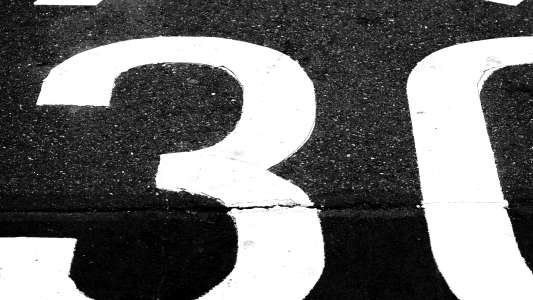Questions on multiplying fractions commonly appear in numerical reasoning tests and maths-based assessments.
There are a few things to remember when it comes to working with fractions:
- A fraction is a number between 0 and 1
- The numerator (top number) represents the total number of sections
- The denominator (bottom number) represents how many of the sections you’re talking about
- It is easiest to work with fractions once they’re simplified
Step 1: Multiply the numerators together
Start by multiplying the numerators together (the top numbers). This will give you your answer’s numerator.
Step 2: Multiply the two denominators together
Then you multiply the two denominators together (the bottom numbers). This will give you your answer’s denominator.
For example, if you were working out one half (½) multiplied by one third (⅓), the numerator in one half is 1 and the numerator in one third is also 1, so you multiply 1 and 1 which gives you the answer 1.
Then you look at the denominator in one half, which is 2, and the denominator in one third, which is 3, so you multiply 2 and 3 together which gives you 6.
Your answer would then be 1 over 6, or one-sixth (⅙).
Example questions
Question one
At the gym, 1/4 of the regulars claim that they love to exercise. And 2/3 of those say their favourite exercise is running. What fraction of the regulars’ favourite exercise is running?
To figure this out you need to multiply the two fractions together.
¼ x ⅔
First, you look at the numerator in both fractions. In the first fraction, the numerator is 1. In the second fraction, the numerator is 2. Therefore, you have to multiply 1 and 2 together, which gives you an answer of 2.
Next, you multiply the denominators. The denominator of the first fraction is 4, and of the second fraction is 3. Thus, 4 multiplied by 3 is 12.
The final answer would be 2 over 12, which you can simplify to ⅙.
Question two
Jason has a pack of personalised stamps: ¼ of them are red and ⅖ of them have cars. How many of the stickers are red and cars?
To figure this out you need to multiply the two fractions together.
¼ x ⅖
First look at both of your numerators: 1 and 2, which you need to multiply together to make 2. Then, you look at the denominators: 4 and 5. You now multiply these two numbers together, which gives you an answer of 20.
Your final answer would be 2/20, simplified to 1/10.
Question three
At a local restaurant, ⅔ of the dishes contain rice, and ¾ of these contain white rice. What fraction of the dishes on offer contain white rice?
To find your answer you need to multiply the two fractions together.
First look at your numerators. In the first fraction the numerator is 2, and in the second fraction, it is 3. If you multiply 2 and 3, your answer is 6.
After this, multiply the denominators (3 and 4), to get 12.
The final answer will be 6 over 12, which simplifies down to one half.

